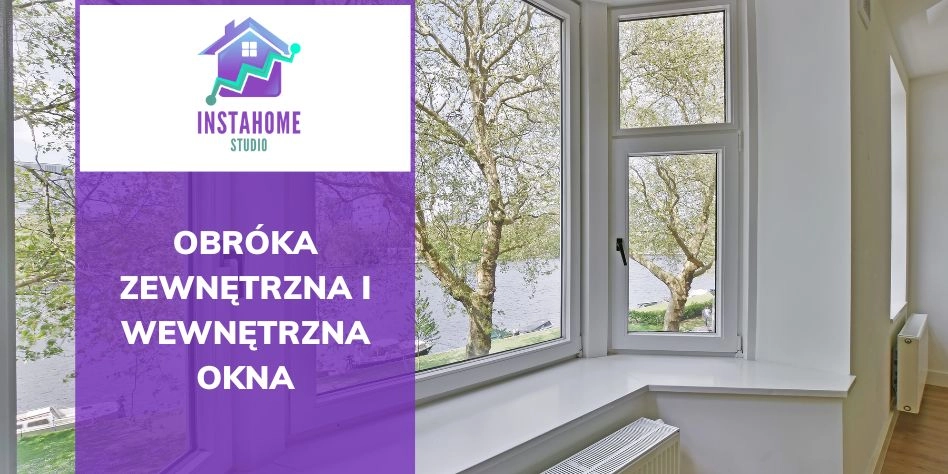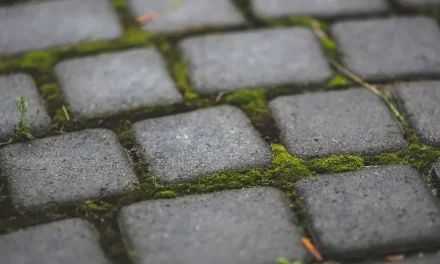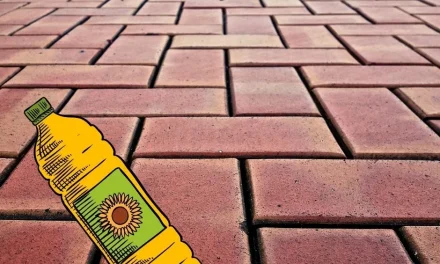Processing the window inside and outside is perhaps not the easiest task we can deal with, but in our opinion it is definitely worth trying to do this work yourself.
At least because of the quite cost-effective cost reduction.
As we know, both the replacement and insertion of windows is not cheap and requires quite a lot of money from us.
Especially when inflation is going up like crazy. Of course, the glazing process, i.e. glass replacement, is a specialist task and should only be undertaken by professionals.
However, the finishing of windows, i.e. their processing, is something that we can do on our own.
This will be able to significantly reduce the costs of the entire work, which is definitely one of the greatest advantages, especially that the treatment of 1 meter of window can cost even over $ 100 today.
Okay, now that the introduction is over, it’s time to get to the point and answer questions such as what we will need, how much will such work cost and how to do it well?
Spis Treści
5 essential materials needed for window processing
What will we need to process the window correctly? Well, from the most popular materials, the following may be most useful:
Gypsum or cement-lime plaster
Gypsum or cement-lime plaster are the two most popular masonry mortars used in various types of construction works, including window processing. They are perfect for both internal and external works.
Finishing coat
Just like plaster, putty is a finishing material that can be used indoors and outdoors. It is cheap and easily available.
Spatula
A classic spatula for applying and applying mass to surfaces. It is small and handy and you will get it in virtually every building and other store.
Narrow plastering trowel
It is the most important tool on this list due to the fact that it is with its help that we will spread our masses over the surfaces.
Stainless steel ones are best. They will be able to last longer in more severe conditions.
Classic float
We also use it to spread our mortar over the surfaces.
However, it will work best where we are dealing with slightly larger surfaces where such high accuracy is not required.
We treat windows with plaster or plaster
As you can see, there’s not much to it and the components aren’t particularly expensive either.
Plaster masses and putties can be obtained at very low prices, as well as the tools mentioned above.
Of course, we do not recommend buying the cheapest because it may affect the overall quality of the finish to a greater or lesser extent.
The choice of material to be processed should mainly depend on the grain size of the wall itself. If we are dealing with rough surfaces, the best option will of course be masses with large grains.
On the other hand, in the case of smooth surfaces, it is advisable to use them with the smallest grain size.
If we accidentally do the opposite, the general aesthetics of the finish can be very much disturbed, which may be a bit annoying for more observant people.
Processing the window from the outside
Processing windows from the outside requires a little more skill from the performers, but it is not impossible to do. Just focus and follow my step-by-step instructions and you’ll be fine.
Of course, we start with the proper protection of the window sill with tape. Then, with a knife, we get rid of all protruding elements of the assembly foam.
Once we’ve done that, it’s time to move on to the next step.
Now we need to get to the proper determination of the lining line. Professionals, including myself, recommend that at least 3 – 4 cm of door frames should be hidden under polystyrene.
As for the frame, you need to apply a roofing sealant on it along the line where the whole will be tangential to the window.
Next, we insert a cut-to-size piece of polystyrene in the appropriate places of the frame and then support it with wooden logs or other beams.
Thanks to this, the whole structure will be able to be better connected.
When we wait for the adhesive mass to dry, all larger spaces between the polystyrene and the wall can be sealed with mounting foam.
The last stage is gluing the mesh to the foamed polystyrene and leveling the surface with a properly selected mass, which we mentioned at the very beginning.
Processing the window from the inside
Here, too, before starting any work, the window must first be properly secured. Of course, it is about covering it with a special protective film.
After we do that, we need to get rid of the protruding mounting foam. In addition to it, other elements such as protruding anchors, nails, etc. can also be a problem and hindrance.
If something like this appears, you need to remove them so that they do not hinder you in the later stages of your work.
When the preparatory stage is behind us, we can finally move on to the final finish.
We start the work, of course, by cleaning the wall with a broom to make sure that there is no dust or dirt there.
Then we reach for a primer (it can be, for example, unigrunt), mix it thoroughly until we get a coherent mass and apply it to the wall and wait until it dries completely.
Now it’s time to apply plaster or putty.
We apply it with a spatula and spread it with a trowel. A classic trowel in places where we have a slightly larger surface and a narrow one where greater precision is required, we will choose a narrow trowel
ATTENTION! Remember that the first layer of our mass must be a little thicker so that it sticks to the surface better and is a good base for the second thinner layer, which will be responsible mainly for the visual aspect.
The second very important thing is the direction of moving the trowel. It should be one, i.e. from the window to the corners.
This procedure allows us to maintain a high level of smoothness of the surface we perform.
After drying the first layer, we start immediately with the second one, it should be thinner than the first layer, how much?
No more than half or a third. After applying the mass, we need to get to work on removing all irregularities.
After completing the initial plastering work, it was time to properly install the window sill. There are two popular methods for its installation.
The first is to slide it into the wall and the second is to put it on the contact.
If we choose the insertion option, we will have to make appropriate undercuts that will allow stable embedding of the entire element.
To do this correctly, you need to start by removing the wedges that are under the window.
After them, it’s time for the excess foam, then we slide our window sill and fill the free space with mounting foam, which we will also remove after drying (or rather its excess).
And that would be enough, it’s still worth putting something on it so that it settles well in the wall. And in this way we can enjoy the finished window and the installed window sill.
The last thing we need to do is to finish the joint between the window sill and the wall with plaster.
We can save up to several thousand dollars on independent work
At the moment, i.e. in January 2023, we are able to save even several thousand zlotys with a larger area, because the average labor rates for window processing oscillate around $ 100 – 200 per running meter.
So even with one window, we are able to save up to $ 400 to $ 600.
Is it worth it in the end? In my opinion, yes.
A few hundred zlotys more in your pocket is a really nice thing, especially in the current situation where we had pandemic problems in 2020-2021 and the whole of 2022 was a year of growing inflation, among others, as a result of the Russian-Ukrainian war.




